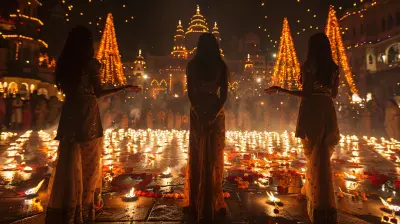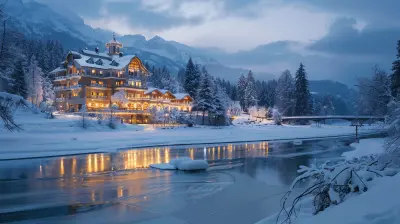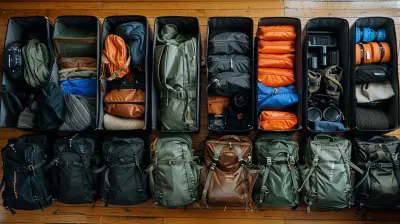Traditional Healing: The Intersection of Culture and Medicine
11 June 2025
When you think of medicine, what pops into your mind first? White lab coats, stethoscopes, and sterile hospitals, right? But healing isn't limited to modern clinics or prescriptions. For centuries—way before pharmacies and x-rays existed—people have turned to the earth, rituals, and ancestral wisdom for healing. That’s where traditional healing steps in. It’s a beautiful mix of culture, spirituality, and medicine passed down through generations.
Let’s take a deep dive together into the colorful world of traditional healing and see how culture and medicine intertwine in fascinating ways. Buckle up—this will be a journey across continents, ancient beliefs, and modern-day relevance.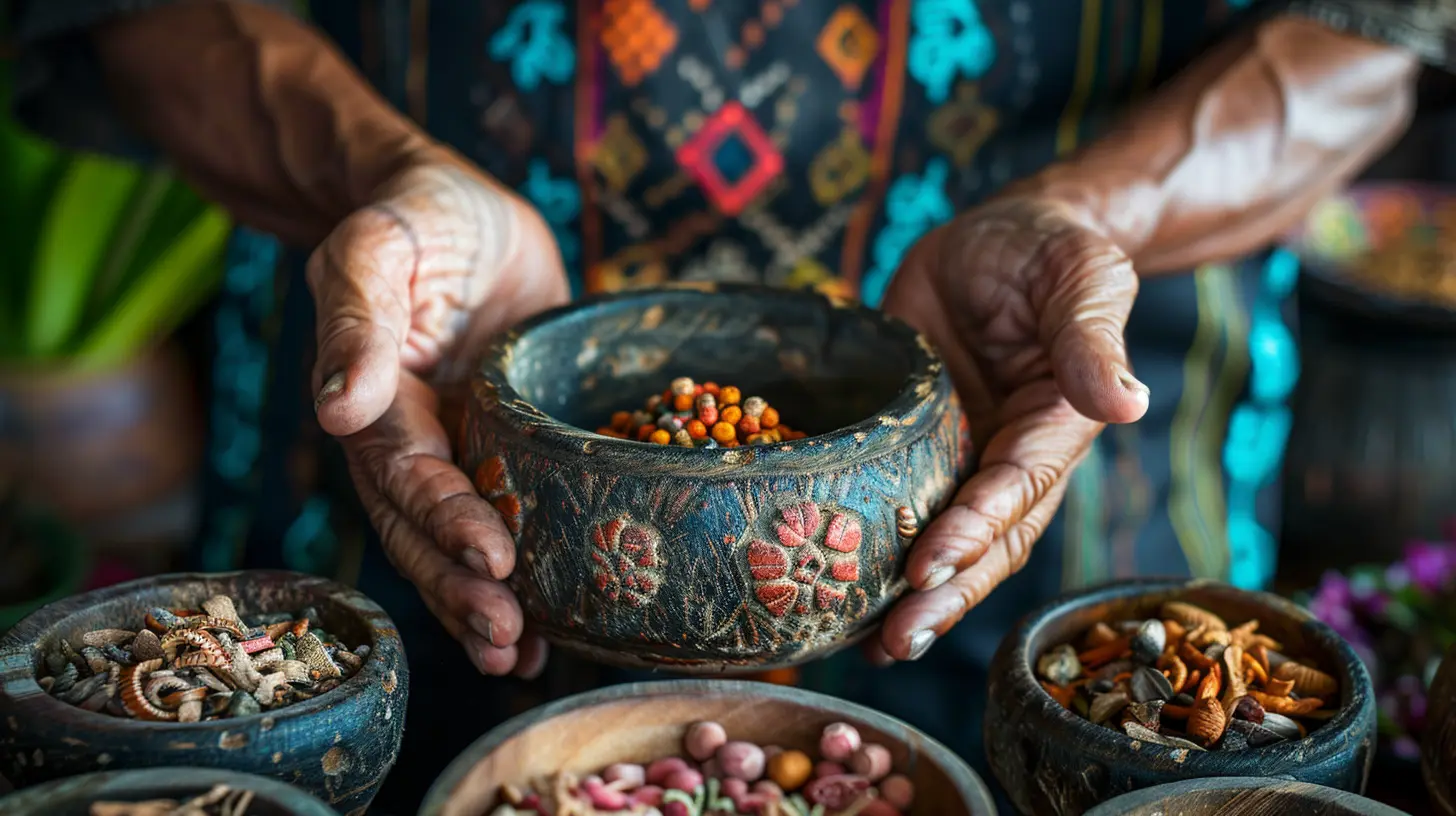
What Is Traditional Healing, Really?
Traditional healing encompasses practices, beliefs, and therapies that are rooted in a community’s history and culture. It's medicine, yes—but not the kind you’re used to seeing on TV shows or in sleek pharmacies.It involves natural remedies (think herbs, roots, and oils), spiritual practices (like prayers, chants, or rituals), and good old-fashioned human connection. You’ve probably heard of acupuncture, Ayurveda, or maybe even shamans—these are all part of the traditional healing family.
So, is it just folk tales and superstition? Not at all. Traditional healing is deeply respected in many cultures and often works hand-in-hand with modern medicine.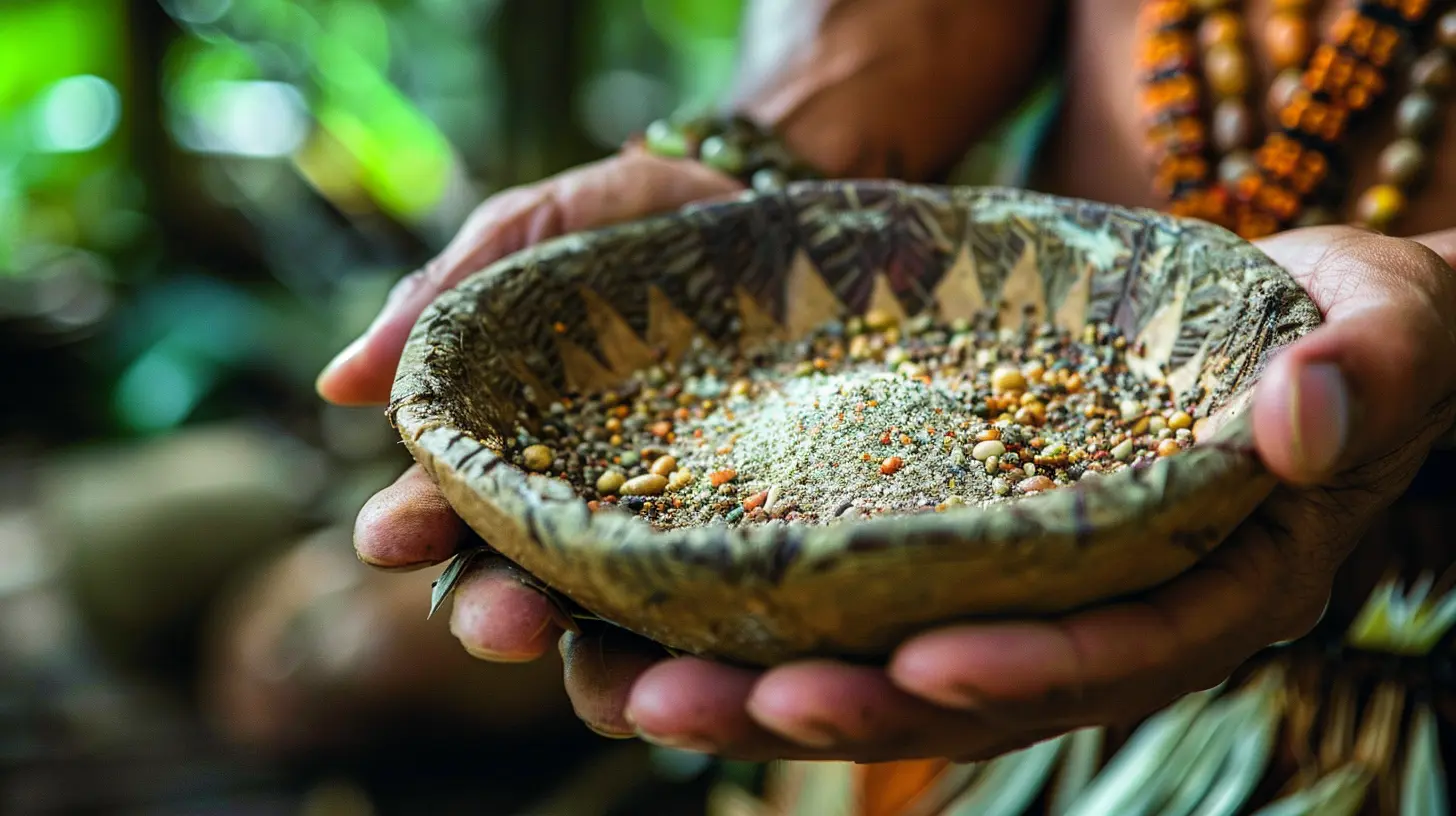
A Global Look: Traditional Healing Around the World
Every corner of the globe has its own unique spin on traditional healing. Let’s go on a little cultural tour, shall we?🌿 Africa: The Spirit and the Herb
In many African communities, traditional healers (often called sangomas or herbalists) are spiritual leaders, counselors, and medical practitioners rolled into one. They use herbs, divination, and ancestral wisdom to treat physical and emotional ailments. The connection between body, spirit, and ancestors is central.Ever heard of rooibos tea or devil’s claw? Those herbal remedies came straight from African traditions!
🍵 Asia: Where East Meets Old-School
Asia is basically the superstar of traditional medicine. Think Traditional Chinese Medicine (TCM) and Ayurveda. In China, ancient practices like acupuncture and cupping are still going strong. TCM revolves around balancing energies—yin and yang—and uses herbs, diet, and exercises like tai chi to maintain harmony.Over in India, Ayurveda is all about balance too—between your mind, body, and spirit. Using doshas (body types), Ayurvedic practitioners prescribe herbs, massage, and dietary changes to heal from the inside out.
🌺 The Pacific Islands: Healing in Harmony
Ever been to Hawaii? The healing art of lomilomi massage and the spiritual practices of native Hawaiians focus not just on the body but on energy flow, forgiveness, and connection to ancestors. Similar traditions exist in Samoa, Fiji, and across Polynesia, often involving plant medicine and sacred healing chants.🔥 South and Central America: The Shaman’s Touch
In the Amazon, traditional healers known as shamans use a deep understanding of rainforest plants coupled with spiritual rituals. They believe illness stems from spiritual imbalance, and healing involves ceremonies, chanting, and sacred plants like ayahuasca.While these ceremonies are often misunderstood in the West, they are central to healing in indigenous communities.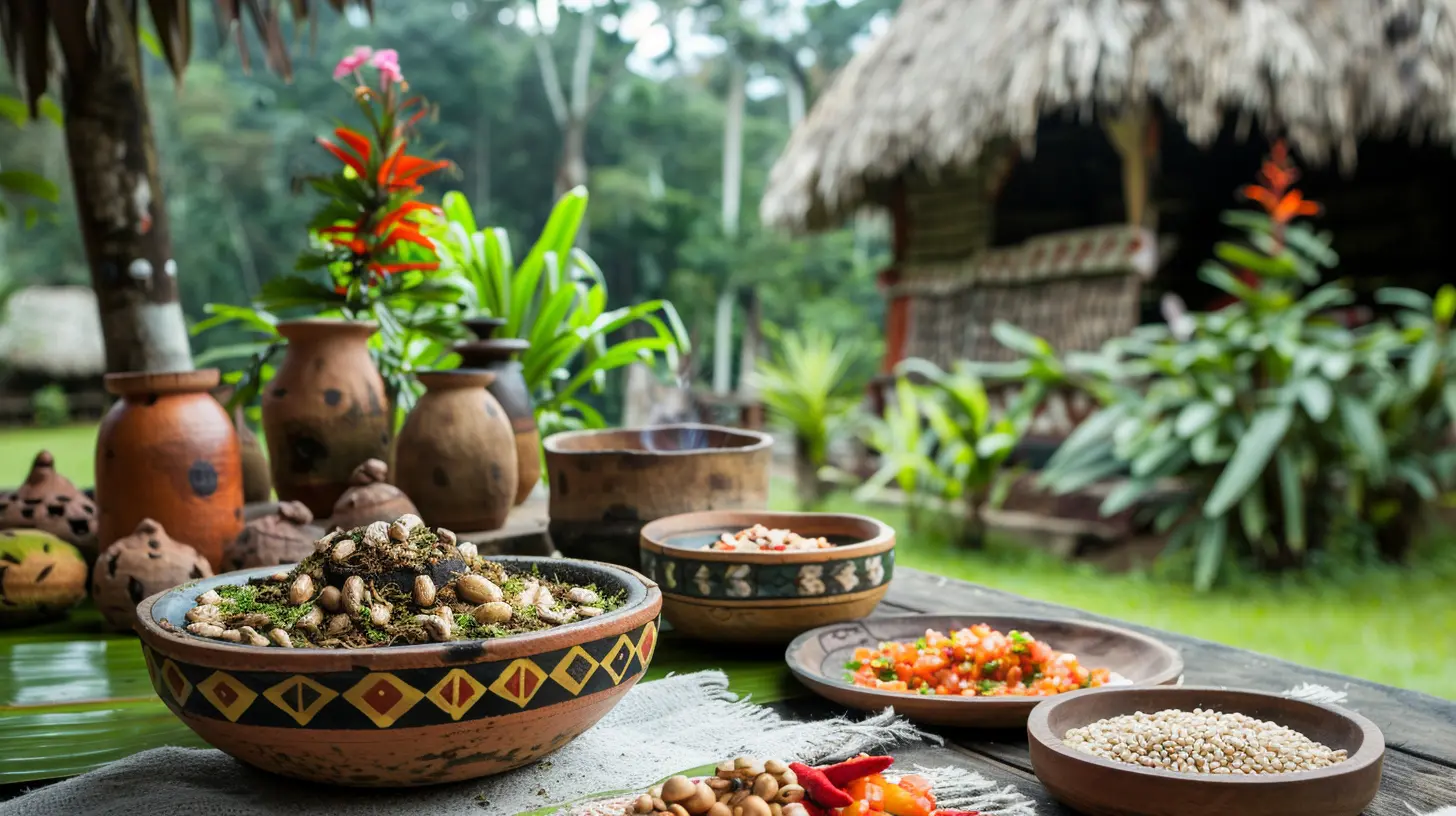
How Culture Shapes Healing Practices
Culture isn’t just about food, music, or language—it deeply influences how people view health and illness. Traditional healing reflects a society’s beliefs about what causes disease and how to fix it. Some cultures see health as a balance of energies, others as a gift from the divine.For example, in Thai culture, energy lines (called "sen") are believed to run through the body—kind of like invisible highways. Thai massage isn’t just about relaxation; it’s about clearing traffic jams in those energy routes.
In contrast, Native American healing often involves the “Four Directions” and the medicine wheel—tying physical health to emotional, spiritual, and mental well-being.
So you see, healing isn’t a one-size-fits-all. It’s tailored, culturally rooted, and sometimes surprisingly poetic.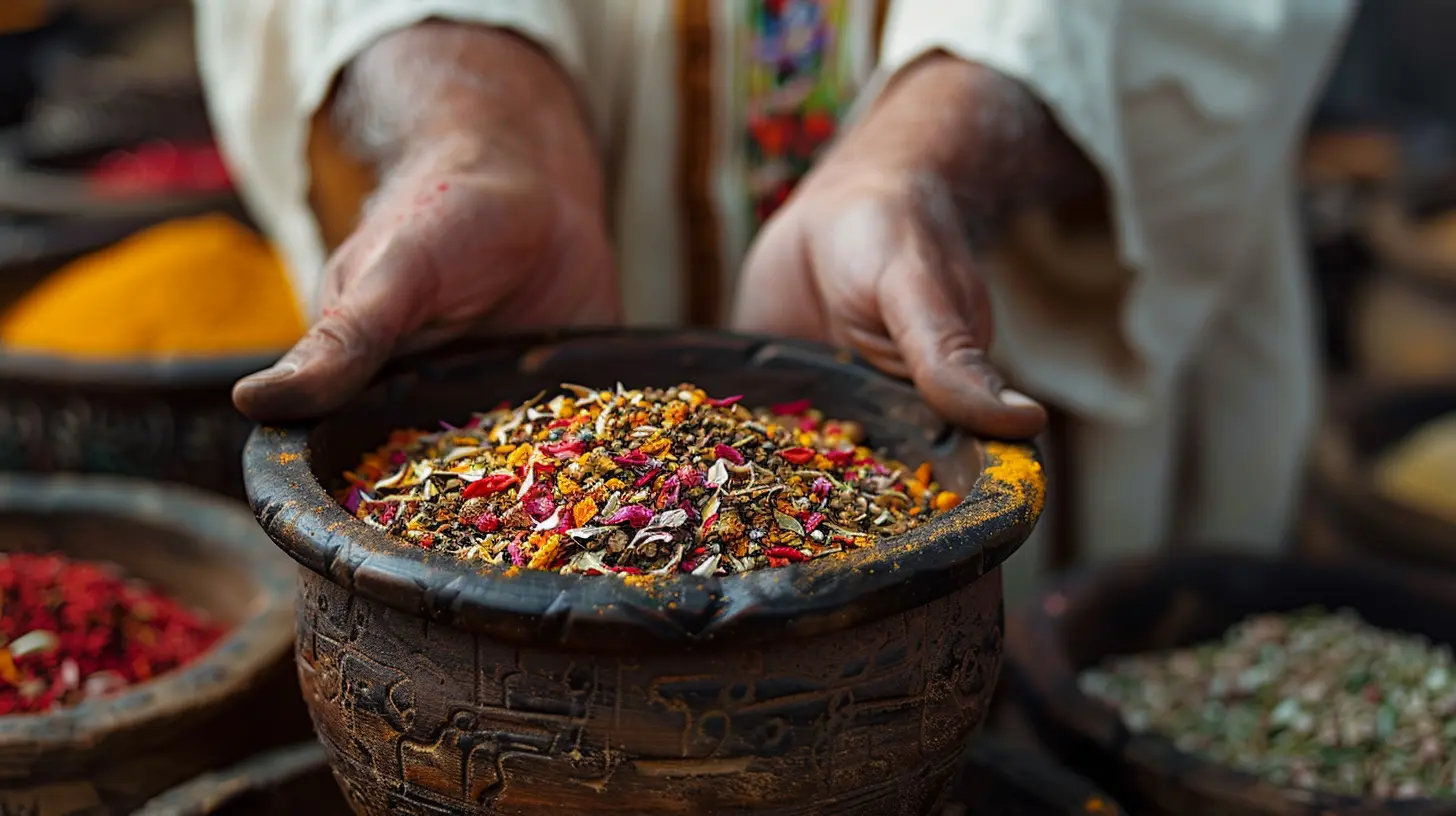
Modern Medicine Meets Ancient Wisdom
Now, here’s the twist: Traditional and modern medicine aren’t enemies. In fact, many doctors are now embracing a more holistic approach to healthcare. Think of it like peanut butter and jelly—different flavors, but perfect together.Hospitals in places like China and India often offer both traditional and modern treatments side by side. You might see a patient receiving chemotherapy... and sipping an herbal tea prescribed by a TCM doctor.
Some mental health professionals are even incorporating indigenous practices into therapy—like talking circles or healing rituals—to better connect with patients from those backgrounds.
And let's not forget the rise of natural remedies in Western markets. Essential oils, turmeric lattes, and meditation apps? All inspired by traditional healing.
But Wait—Is It Safe?
That’s a fair question. Traditional healing isn’t regulated in the same way modern medicine is, which means there’s a wide range of effectiveness—and safety. Not all herbal remedies are safe, and not every ritual is suitable for everyone.That’s why it’s important to combine the wisdom of traditional healing with scientific research. When done right, the results can be pretty wonderful.
Always talk to a healthcare professional before trying any new remedies, especially if you're already on medication. Nature is powerful—but it can also be risky without the right knowledge.
The Role of Traditional Healers Today
You might think traditional healers are a thing of the past—but they’re very much alive and respected in many parts of the world.In rural areas where hospitals are scarce, traditional healers are often the first responders. They're trusted figures who know the land, the people, and the remedies. They provide not just physical relief—but emotional and spiritual support too.
Even in urban settings, people are returning to their roots. There's something comforting about treatments that have been tried and tested for hundreds—sometimes thousands—of years.
Why People Still Choose Traditional Healing
So, why would someone choose traditional healing over popping a pill or scheduling a doctor’s visit? Here are a few reasons:- Cultural Identity: It helps people feel connected to their heritage.
- Accessibility: Sometimes it’s easier and cheaper than modern healthcare.
- Holistic Approach: It treats the whole person, not just the symptoms.
- Spiritual Comfort: Many find peace in the rituals and beliefs.
- Community Trust: Healers are part of the community and understand its values.
Does that mean it's a cure-all? Nope. But it does mean there’s value in listening to those who came before us.
Bridging the Gap: Integrative Medicine
Here’s a thought—what if we stopped choosing between modern and traditional medicine and started blending the best of both? That’s what integrative medicine is all about.More and more medical schools and hospitals are offering integrative options—like acupuncture for chronic pain or meditation for anxiety. It’s like having a bigger toolbox to fix life’s health issues.
In essence, it’s about respect. Respecting ancient wisdom while using modern science to guide and refine it.
The Future of Traditional Healing
With globalization and rapid modernization, traditional knowledge is at risk of fading away. But there’s hope.Younger generations are increasingly interested in reconnecting with their roots. Organizations are documenting traditional practices. Governments are recognizing traditional healers. And technology is helping spread this wisdom far and wide.
The key is balancing tradition with progress. It’s not about going backward—it’s about moving forward with a deeper understanding of where we come from.
Final Thoughts: Listening to the Stories of the Earth
Traditional healing isn’t just about curing illness—it’s about telling a story. A story of how our ancestors understood their bodies, their spirits, and the earth around them. It’s a reminder that medicine doesn’t always come in a bottle. Sometimes it comes from the soil, the soul, or a whispered prayer in the night.Whether you're sipping on ginger tea for a sore throat or meditating to calm your mind, know this: you're part of a long, rich tapestry of healing and heritage.
And isn’t that something worth holding onto?
all images in this post were generated using AI tools
Category:
Cultural ExperiencesAuthor:

Winona Newman
Discussion
rate this article
3 comments
Lana Morrow
Fascinating blend of culture and care!
June 17, 2025 at 5:01 PM

Winona Newman
Thank you! I'm glad you found it interesting. The integration of culture and care is truly vital in healing practices.
Aurelia McAndrews
Embrace the magic of culture! Healing traditions are a journey for the soul!
June 15, 2025 at 5:01 PM

Winona Newman
Thank you! Embracing diverse healing traditions enriches our understanding of wellness and the profound connection between culture and medicine.
Selene McVey
This article beautifully highlights the vital connection between culture and traditional healing practices. It's inspiring to see how ancient wisdom continues to resonate in modern wellness.
June 13, 2025 at 2:30 PM

Winona Newman
Thank you for your thoughtful comment! I'm glad you found the connection between culture and traditional healing inspiring. It's important to honor and integrate ancient wisdom in our modern practices.
